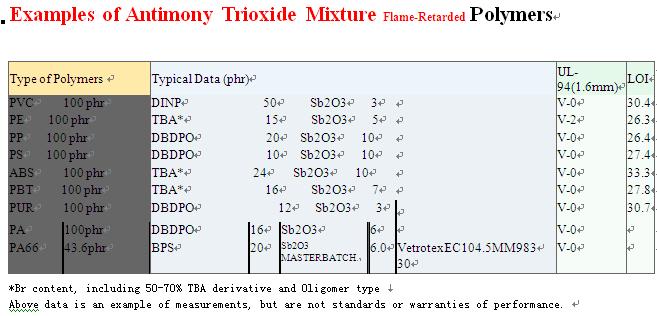metals' are the vitamins – since only a small amount of these
commodities are needed to alter the properties of metal alloys.
This description comes from a delegate at the Minor Metals and Rare
Earth Conference held in Hong Kong last week – a group of commodities
UBS Securities' Peter Hickson labels "not very transparent," but
growing rapidly.
Indium, bismuth, gallium and antimony are just a few of the names that
have become critical to both new high tech and material inventions,
the analyst told clients in a note.
While China contributes to more than 95% of rare earth supply its
"changing attitudes to energy, resources and the environment is
tightening supply," Mr. Hickson said. "Costs are being passed through
and future supply is strategically vulnerable, in our view.
He expects the strain to come from technological demand linked to
climate change as well as other new energy and environmental trends.
However, investors looking to get a piece of the minor metals action
are limited by the small size of the market.
Valued at less than 4% of the current copper market, the minor metals
and rare earth segment addressed at the Hong Kong conference is worth
only US$2.5-billion, Mr. Hickson estimates.
Only small-cap names offer leverage in the sector, including names
like Lynas, Navigator Resources and Arafura Resources in Australia, as
well as U.K.-listed Central African Mining and Nikanor. There are also
Chinese companies with leverage, he noted.
The key takeaway from the conference is China's dominant role in the
global minor metals and rare earth markets, Mr. Hickson said,
highlighting the fact that its attitudes are changing. China is
tightening restrictions on exports, more closely managing resources
and environmental controls, and boosting taxes on resources through
royalties.
He thinks these policy moves signal that China will continue to
tighten its supply of all major metals, such as aluminium, steel and
nickel.
So with demand for rare earth and minor metals surging in
technology-related sectors, with an estimated annual mean growth rate
between 10% and 15%, investors should get to know these names – even
if they haven't heard of rhenium or neodymium before.








0 comment:
Post a Comment